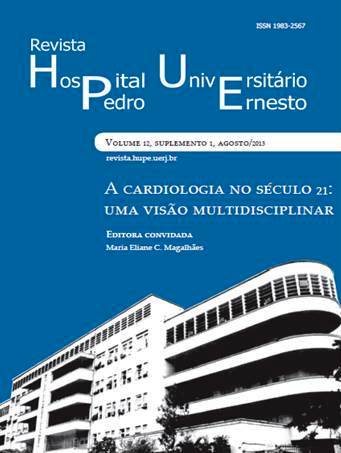Risk assesment for noncardiac surgery: practical aspects
DOI:
https://doi.org/10.12957/rhupe.2013.7089Abstract
Revista HUPE, Rio de Janeiro, 2013;12(Supl 1):110-117
doi:10.12957/rhupe.2013.7089
A frequent reason for consultation to the cardiologist and general practitioner is the assessment of perioperative risk in patients not candidates for cardiac surgery. Ultimately, the preoperative consultation aims to identify and, if indicated, intervene in clinical conditions that can affect the outcome of the surgery. However, studies suggest that these guidelines are not always followed by consultants, resulting in underreporting or merely bureaucratic reports. Stratification correct the risk of developing cardiac complications in the perioperative period and allows the medical staff to make decisions that consider all the risks involved, including the underlying disease and to seek the best treatment strategies. In recent years, new guidelines have suggested a stepwise approach in the assessment of perioperative cardiac risk. This approach takes into account the risk inherent in the proposed procedure, the risk associated with the patient’s heart condition and aspects of the disease being treated. Thus, we seek to determine precisely those cardiac patients who should be treated before surgery and which interventions truly interfere with the surgical outcome. The present review aims to provide a succinct overview of the problem and point out a practical model for preoperative evaluation based on the best evidence available at present. Some specific common clinical situations in Cardiology will also be commented, as an aid in decision making.
Keywords: Perioperative care; Surgical procedures; Operative; Risk.


